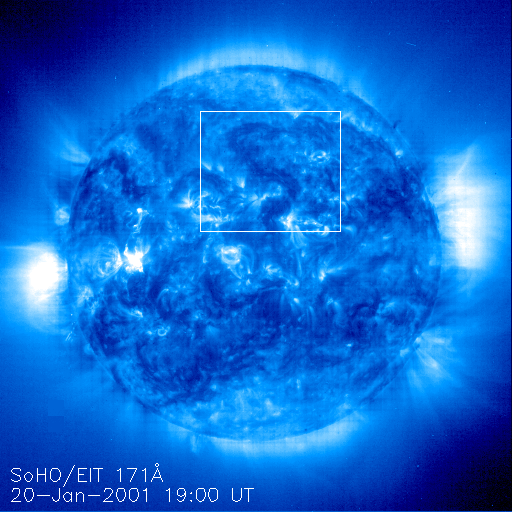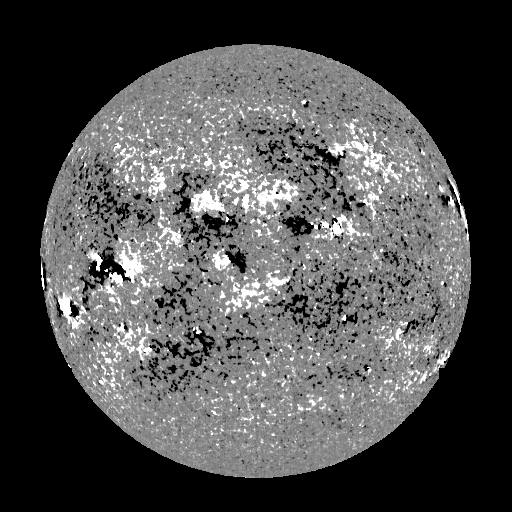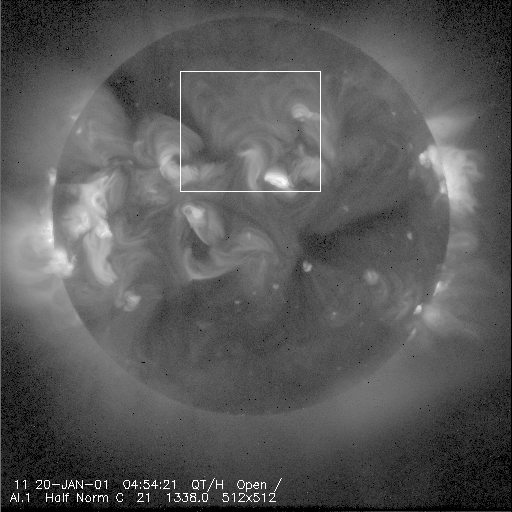



Recently, bright 'S's are popular among solar physicists, especially those who study flares and CMEs. They are called 'sigmoids', usually observed as bright structures in soft X-rays. They are known as a signature of highly sheared magnetic field in an active region, and thus have a high potential for energetic flares. You can find many images and articles on the web.
However, the 'S' here is not a sigmoid but one falling into rather traditional category. It's just a dark filament, but it showed a very gorgeous 'S' shape in SoHO/EIT images (like the blueone below) as well as those in traditional H-alpha (orange) during the last week. It clearly is located on a magnetic inversion line, which bends like the letter 'S' around the region in question, as shown in the magnetogram image (the third one below). Unfortunately, it is not distinct at all in Yohkoh/SXT images (the last one).




What is interesting is that this dark 'S' erupted near the west limb and caused a flare just like a sigmoid.
During the week 4, 2001, the activity on the sun was not so high, although a few M-class flares were reported. Instead, several long filaments crawled quietly across the disk, and one of them strongly drew one's attention because of its beautiful 'S'-shape. However, it was too faint in soft X-rays to be chosen as Yohkoh's observation target, which is usually set to the brightest region on the disk. It seemed to pass across the disk and go away with its stylish shape remained. However, it was an old fox! It did erupt just before hiding away behind the limb, and Yohkoh caught the moment!
As far as judging from the GOES flux level, it was a mediocre and boring week, but it was highly active and exciting week from point of view of CMEs. Check out the LASCO MPEG movie. The CME associated with the eruption of the dark 'S' is the one early on January 26th.
February 2, 2001